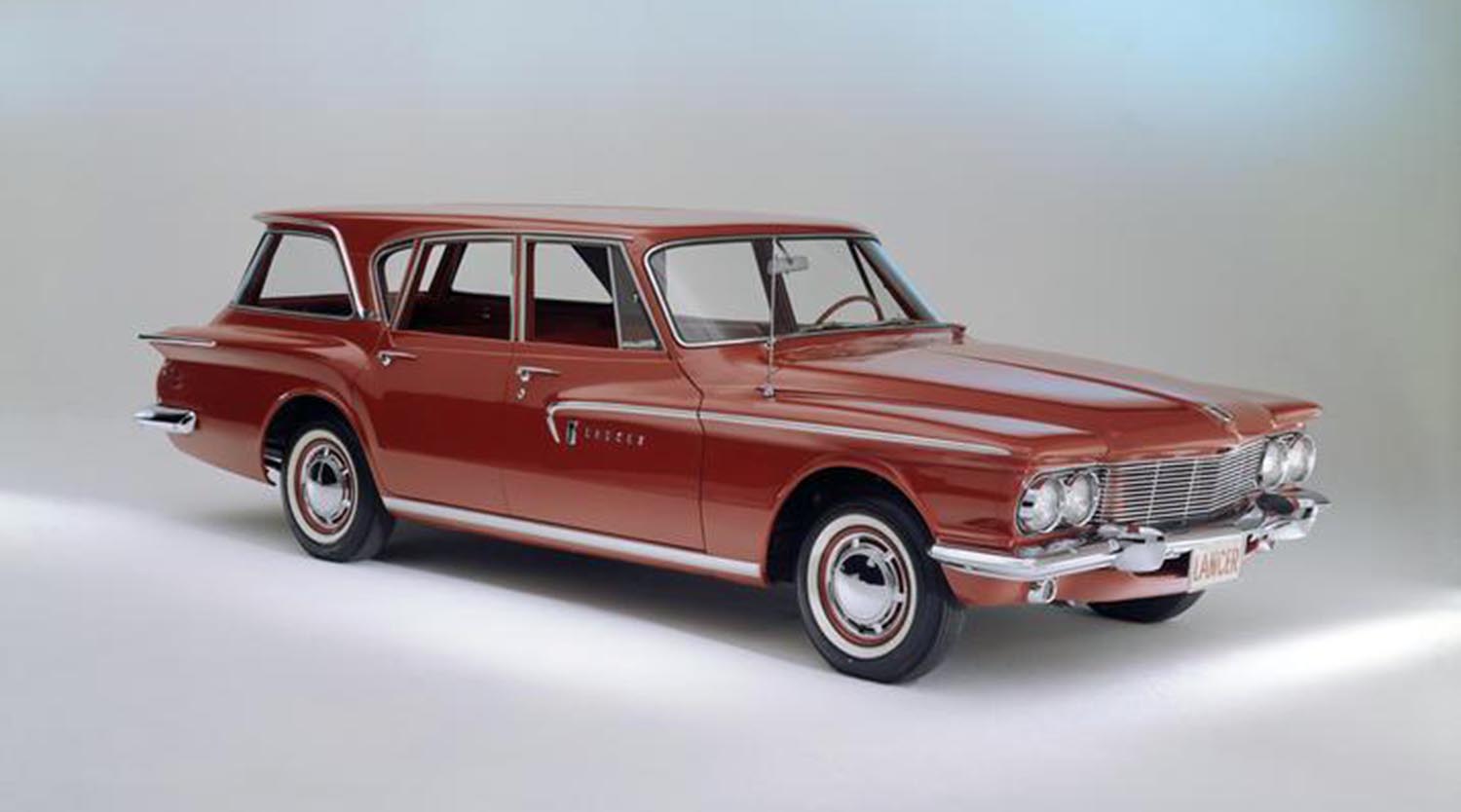
When you look at the 1961 Dodge Lancer Station Wagon, you are not just seeing a family car; you are witnessing a moment of transition. Detroit was finally embracing the compact car segment. Dodge needed a competitor to fight the Ford Falcon and Chevrolet Corvair. Consequently, the Lancer was quickly introduced as an upscale, badge-engineered version of the established Plymouth Valiant. This compact pioneer filled a crucial gap in the Dodge lineup. This vehicle provided practicality and a distinctly Mopar flair in one neat package.
Born from Necessity: The Compact Car Push
The decision to launch the Lancer was a response to market demand. Chrysler executives realized American drivers wanted smaller, more economical cars. The Lancer debuted for the 1961 model year, sharing its fundamental structure with the Plymouth Valiant. However, Dodge designers gave the Lancer its own identity. Specifically, they used a different front-end treatment and unique round taillights. The 1961 Dodge Lancer Station Wagon was positioned as a premium compact. It was available in the base 170 and the more luxurious 770 trim levels.
Distinctive Design and Exterior Touches
The styling of the 1961 Lancer is pure early 1960s Mopar eccentricity. The car features a full-width grille that sets it apart from the Valiant’s central grille design. Furthermore, the sweeping chrome trim along the side adds a touch of sophistication. The station wagon body style, with its long roof and rear tailgate, maximized cargo space. It became the practical choice for families requiring compact maneuverability and full utility. The overall shape, while unique, was less controversial than the larger Dodge Dart of the same year. This made the 1961 Dodge Lancer Station Wagon an easier sell.
Inside the Workhorse: Practicality and Comfort
Dodge ensured the interior reflected the car’s premium compact status. The 770 wagon, in particular, offered comfortable vinyl and cloth seating materials. Drivers appreciated the simple, uncluttered dashboard layout. Moreover, the famous pushbutton controls for the Torqueflite automatic transmission were mounted on the dash. This innovative feature became a signature of Chrysler products during this era. The wagon’s utility was its core selling point. Its folding rear seat transformed the cabin into a versatile cargo hauler.
The Reliable Slant-Six Engine Legacy
Beneath the hood of the 1961 Dodge Lancer Station Wagon lay one of Chrysler’s most famous powerplants: the Slant-Six engine. This inline-six cylinder engine was tilted 30 degrees to the right. This unique design allowed for a lower hood line and better placement of the water pump. It also provided for longer, better-flowing intake runners. This gave the engine an advantage in both efficiency and performance. This reliable engine cemented its legendary reputation in vehicles like the Lancer.
Performance: The Trusty Slant-Six Power
The 1961 Dodge Lancer Station Wagon offered two versions of the venerable Slant-Six. The standard engine was the 170 cubic-inch unit. This reliable engine generated a useful 101 horsepower. For those seeking more power, the optional 225 cubic-inch Slant-Six was available. This larger engine increased output to 145 horsepower. This 225 cubic-inch engine provided ample torque for carrying passengers and cargo. Furthermore, some late 1961 models offered a special die-cast aluminum version of the 225 block. This lighter block shaved approximately 80 pounds from the engine bay. It improved the compact Lancer’s weight distribution and handling characteristics. Buyers could choose between a standard three-speed manual transmission or the highly regarded push-button Torqueflite automatic.
Suspension and Handling for the Compact Age
The Lancer utilized Chrysler’s groundbreaking A-Body platform. This was one of the first domestic vehicles to use unibody construction. That unibody chassis provided a stiff and sturdy foundation. Furthermore, the Lancer featured Chrysler’s signature torsion bar front suspension. The torsion bars offered a remarkably smooth and controlled ride for a compact vehicle. The combination of the rigid body and advanced suspension resulted in predictable handling. This made the 1961 Dodge Lancer Station Wagon a solid and dependable car on the road.
The Short-Lived But Enduring Mopar Icon
The Lancer nameplate was short-lived in its original form. It lasted only two model years before being replaced by the more successful Dart in 1963. However, the Lancer’s influence was significant. It successfully introduced Dodge buyers to the compact segment. Its core engineering and the beloved Slant-Six engine continued to underpin millions of Chrysler vehicles for decades. Today, the 1961 Dodge Lancer Station Wagon stands as a fascinating and functional piece of Mopar history. It represents the crucial beginning of Dodge’s compact era.
Disclaimer: Content on this site is for informational purposes only. Vehicle specs, pricing, and availability may change. Always verify details with official sources before making decisions. Opinions are those of the authors.
Source: Stellantis
